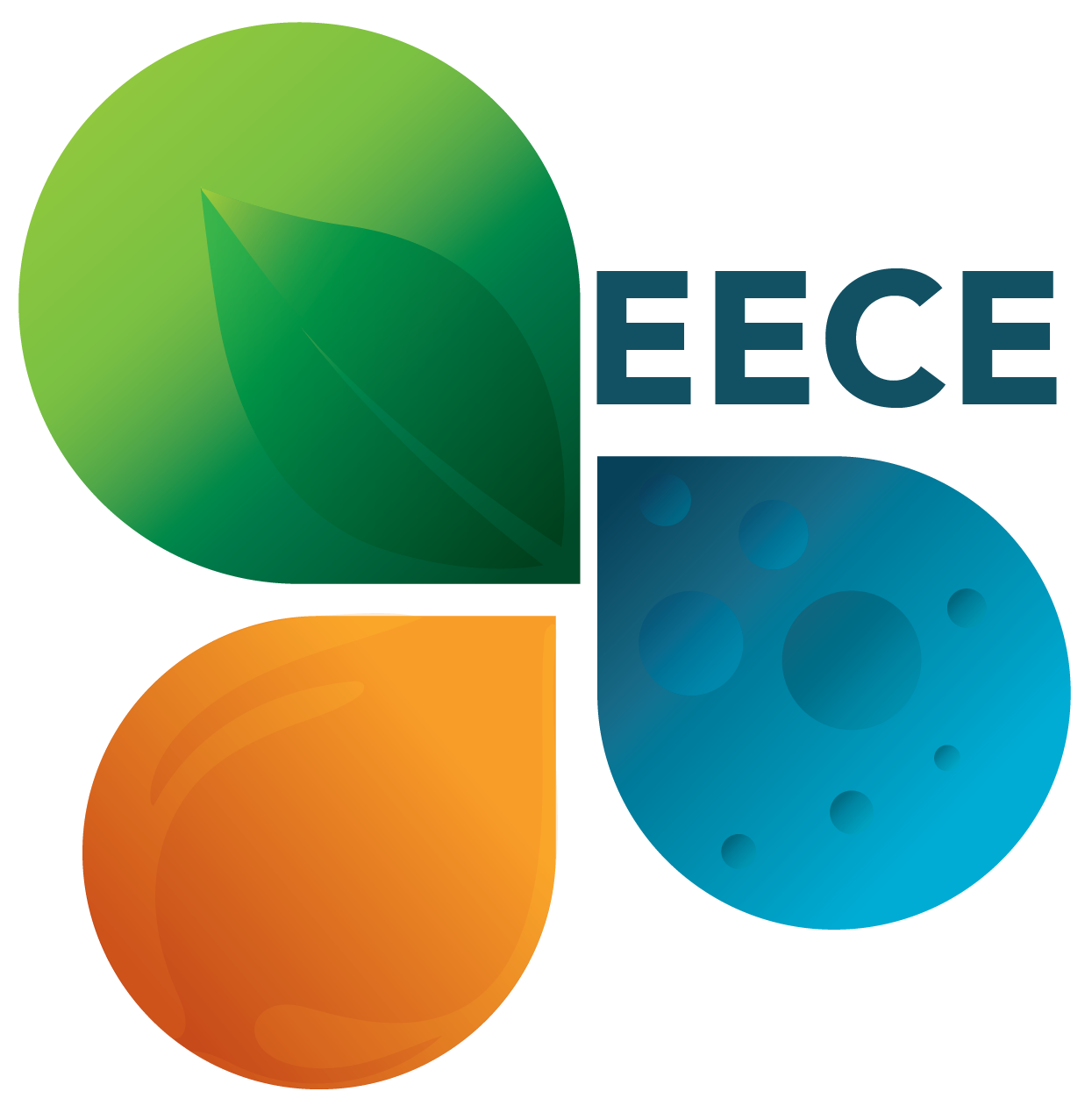

Project title: “Qait’bay Citadel (1477-1479): Visualizing the Main Coastal Fortification of Medieval Alexandria, Egypt”
Starting date: Accepted in 23-3-2021
End date: (March, 2023)
PI: Dr. Mohamed Soliman, Ritsumeikan University; Art Research Center (ARC), Ritsumeikan University.
Co-PI: Prof. Mona Gamal Eldin Ibrahim, Professor of Environmental Engineering and Dean of the School of Energy Resources, Environmental, and Chemical and Petrochemical Engineering (EECE), E-JUST.
Supported by Art Research Center-International Joint Digital Archiving Centre for Japanese Art and Culture (ARC-iJAC), Ritsumeikan University,
Summary:
Prof. Mona Gamal Eldin (Co-PI) , E-JUST, & Dr. Mohamed Soliman (PI), Ritsumeikan University; Art Research Center (ARC), Ritsumeikan University “Qait’bay Citadel (1477-1479): Visualizing the Main Coastal Fortification of Medieval Alexandria, Egypt” as a part of the International Joint Digital Archiving Center for Japanese Art and Culture (ARC-iJAC), Art Research Center, Ritsumeikan University and E-JUST with budget about44994 LE (316,580 Yen).
Qait’bay Citadel in Alexandria is considered one of the most important fortifications, not only in Egypt, but also along the Mediterranean Sea, which was built by the Mamluk Sultan Al-Ashraf Qait’bay in 1479 CE to protect the city against the Ottoman. The Citadel is situated at the entrance of the eastern harbor on the Pharos Island on the exact site of the famous Lighthouse of Alexandria. The Citadel consists of main rectangular fort with four circular corner towers, while double wall surrounds the court, the internal one includes weapons depots and barracks.
In the age of digital humanities, available 3D imaging technology will be used to create Qait’bay Citadel VR and provide it to the public as a requirement in the time of social distancing for COVID-19. In addition, documenting this splendid medieval fortification given the fire disaster of Notre Dame Cathedral in Paris in April 2019.
Objectives and Impact:
- The project pursues to create a panoramic tour based on 3D imaging and consider how they can be used for research, education, and tourism promotion, so the main output of the project is creating an interactive website dedicated to publishing the project dataset and making it available for research and educational use, in addition to tourism promotion.
- The project represents a new way of documenting Qait’bay Citadel as an example that could be implemented elsewhere, in terms of cultural heritage at risk, as the castle is exposed to the environmental disasters such as earthquake and tsunami risks.
- Share knowledge with the formal archaeologists of the SCA, essentially those who will join in the fieldwork and raise their awareness about the importance of visualizing the cultural heritage of Alexandria.
- Along term of collaboration is expected between Ritsumeikan University and Egypt- Japan University of Science and Technology (E-JUST) and strengthening the scientific research relationship to share the relevant Japanese research methods and means.
SDGs that the project achieve:
Goal 11: Sustainable cities and communities
Goal 13: Climate action

